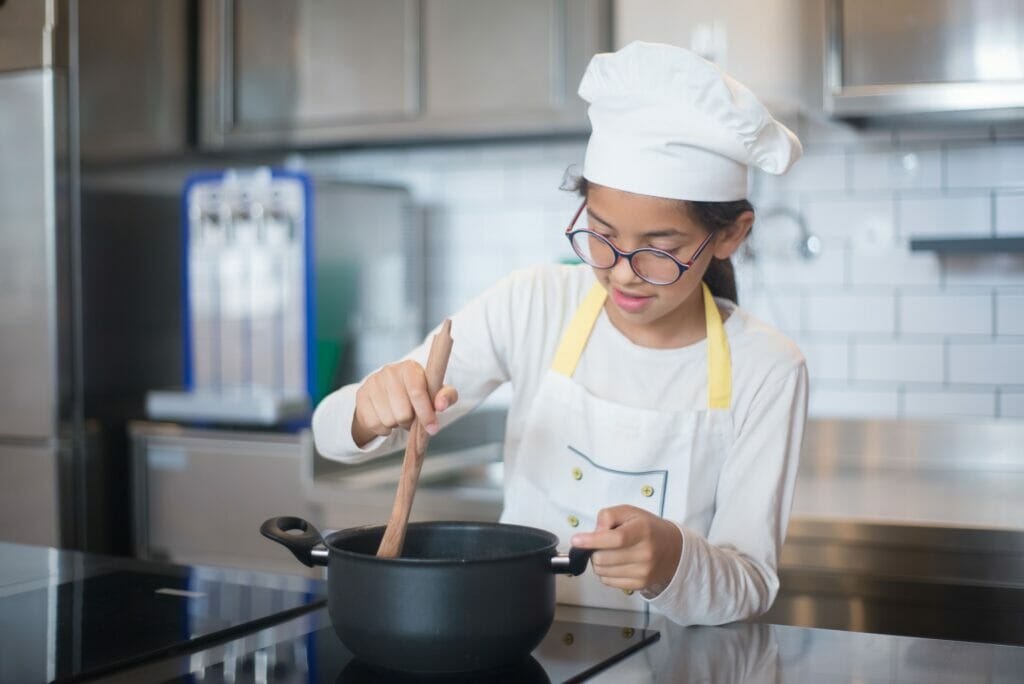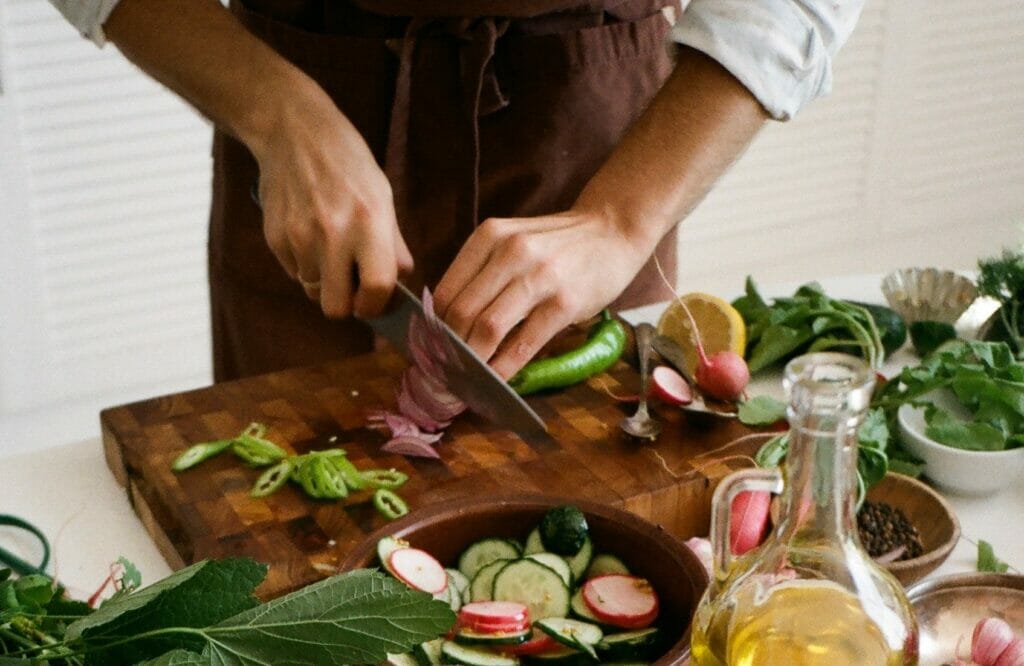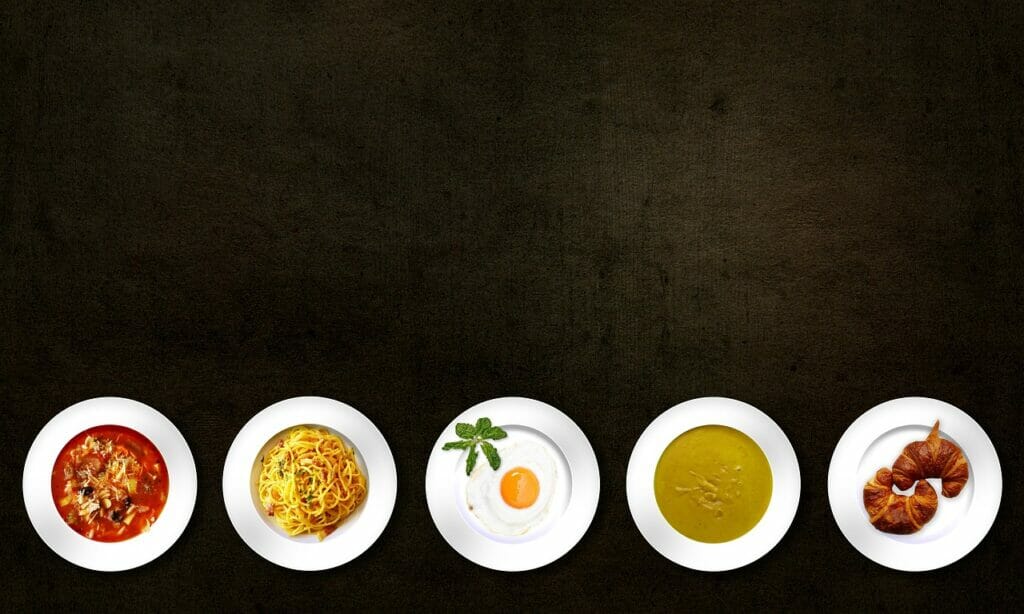Hey there, fellow food enthusiasts! Today I’m going to share some invaluable tips on how to master the art of flavor and make your dishes absolutely stunning. We’ll dive into the world of seasoning and balancing flavors to elevate your cooking skills to a whole new level.
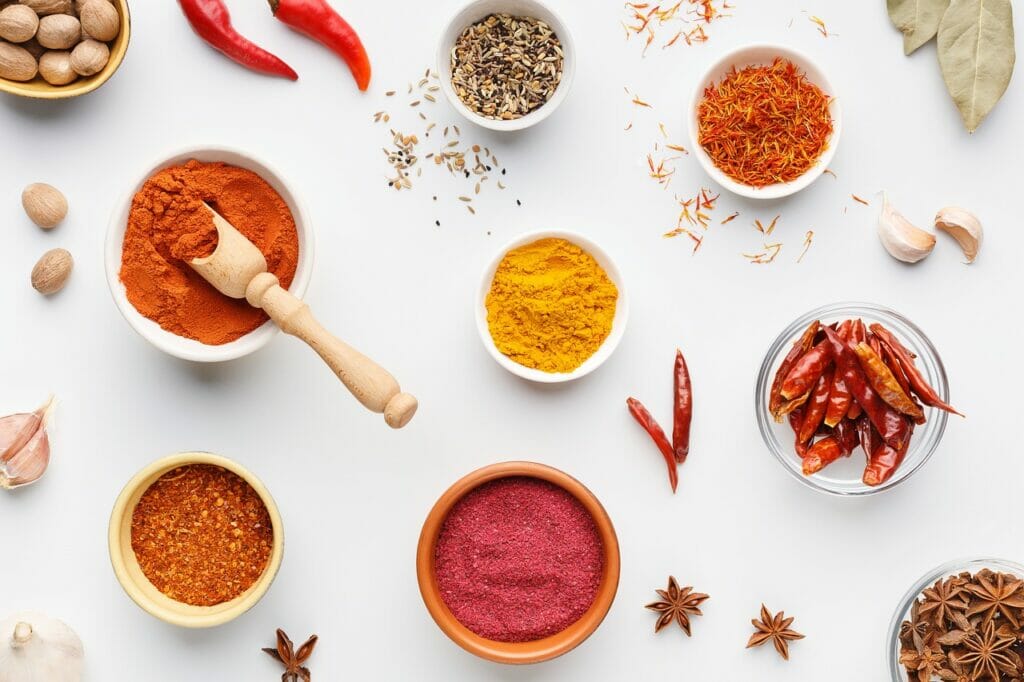
In this article you will find:
- Understanding the Six Basic Tastes and Spiciness
- Techniques for Layering and Building Flavors
- How to Adjust Seasoning and Fix Common Flavor Imbalances
- The Role of Herbs, Spices, and Other Flavor-Enhancing Ingredients
- Tips for Developing Your Palate and Tasting Food Like a Pro
- Conclusion
- Frequently Asked Questions (FAQs) for Mastering the Art of Flavor
- Additional Resources for Mastering the Art of Flavor
Understanding the Six Basic Tastes and Spiciness
Let’s set the basics first. There exist five basic tastes: sweet, salty, sour, bitter, and umami. Each of these tastes are extremely important in creating a harmonious well-rounded dish.
But there’s another sensation that some people consider a sixth taste – spiciness, or the heat that comes from ingredients like chili peppers. This is by far my preferred addiction in food making. I have a set of about 17 varieties of chili pepper powders to add to my dishes. So fun!
The 6 basic tastes are:
- Sweet – Sweetness balances acidity and bitterness, and it can enhance the flavors of other ingredients. Common sweet ingredients include sugar, honey, and maple syrup.
- Salty – Salt is a flavor enhancer and helps bring out the natural flavors of your ingredients. It can also counterbalance sweetness and bitterness.
- Sour – Sour or acidic ingredients, like lemon juice or vinegar, can brighten a dish and cut through rich, fatty flavors.
- Bitter – Bitterness, found in ingredients like dark chocolate and leafy greens, can add depth and complexity to a dish. It’s essential to balance bitter flavors with other tastes to avoid overpowering your dish.
- Umami – Umami is the savory, mouthwatering taste found in foods like mushrooms, soy sauce, and aged cheeses. It adds depth and richness to your dishes.
- Spiciness – Spiciness adds heat and excitement to a dish, making your taste buds tingle. Please pay attention to balance spiciness with other flavors so that it doesn’t take all the place in the dish.
Different cultures have unique ways of using these tastes to create vibrant and delicious dishes. For example in Asia the cuisine often focuses on balancing sweet, salty, sour, and umami flavors. The Mexican cuisine, on the contrary, is known for its bold and spicy flavors. The Indian cuisine is a mixture, or giant firework, of every spice you can find on earth!
It’s essential to understand how these tastes work together to create harmony and balance in your cooking.
Techniques for Layering and Building Flavors
To create a truly memorable dish, you need to know how to layer and build flavors.
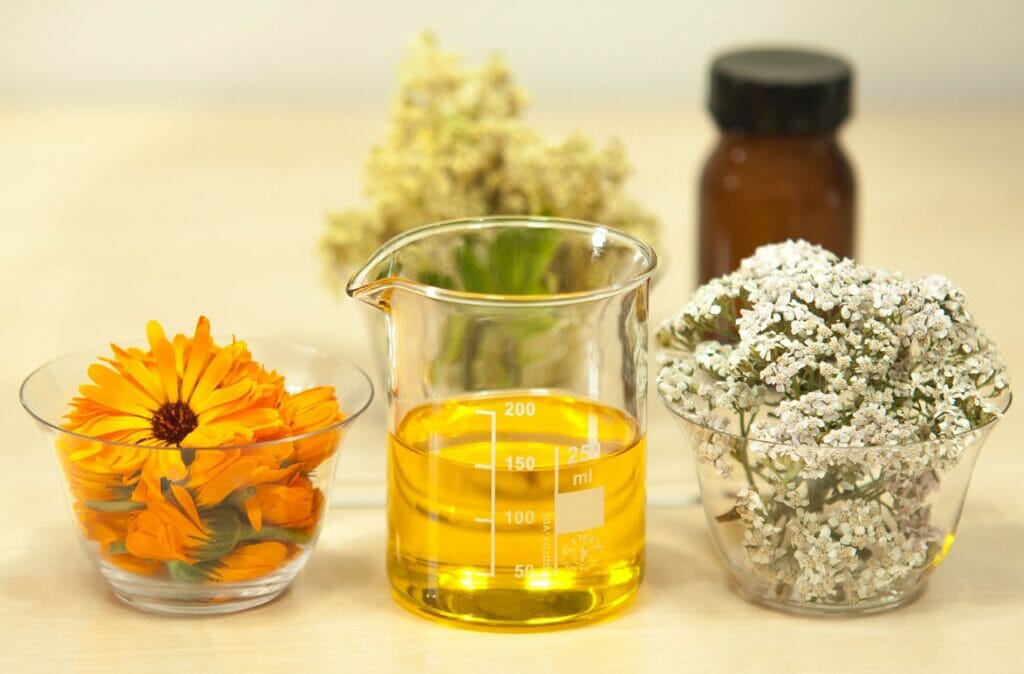
Here are some techniques to help you achieve to layer and build flavors:
- Bloom your spices – Toasting your spices in a dry pan or cooking them in oil can help release their full flavor potential. This is especially important in dishes with bold spices like curry, chili or my all time simple and favorite cacio e pepe.
- Searing and browning – Searing meats and browning vegetables creates a Maillard reaction, which adds complex and delicious flavors to your dish. Check out 17 Cooking Methods You Need To Elevate Your Meals Now for more techniques to enhance your cooking.
- Deglazing – After searing or browning your ingredients, deglaze the pan with liquid (like wine or broth) to release the flavorful bits stuck to the bottom. This will help create a rich and delicious sauce for your dish.
- Use stocks and broths – When a recipe calls for water, consider using stock or broth instead. This adds extra taste and complexity to your dishes and makes them more flavorful and satisfying.
- Infuse oils – Infusing oils with herbs, spices, or other flavorful ingredients is a great way to add subtle flavor to your dishes. Use these infused oils in salad dressings, marinades, or for cooking your ingredients.
- Finish with acid – Adding a splash of acid, like vinegar or citrus juice, at the end of cooking can help brighten up and balance the flavors in your dish.
How to Adjust Seasoning and Fix Common Flavor Imbalances
Sometimes we overdo it and a dish turns out too salty, sweet, or spicy. Don’t panic! Here are some tips to help you fix common flavor imbalances and save your dish:
- Too salty – If your dish is too salty, try adding some acidity, like lemon juice or vinegar, to balance the flavors. You can also add more liquid or unsalted ingredients to dilute the saltiness. In some cases, a touch of sweetness can help counteract the salt.
- Too sweet – To cut through excessive sweetness, add some acid, like lemon juice or vinegar, or a touch of salt. You can also balance the sweetness by incorporating more bitter or umami-rich ingredients.
- Too spicy – If your dish is too spicy, adding some dairy, like yogurt or sour cream, can help tame the heat. You can also try adding sweetness or more liquid to dilute the spiciness.
The Role of Herbs, Spices, and Other Flavor-Enhancing Ingredients
Herbs and spices are extremely important in amplifying flavors of your meals. They are an absolute must to master for any cook. They can add warmth, depth, and complexity to your cooking.
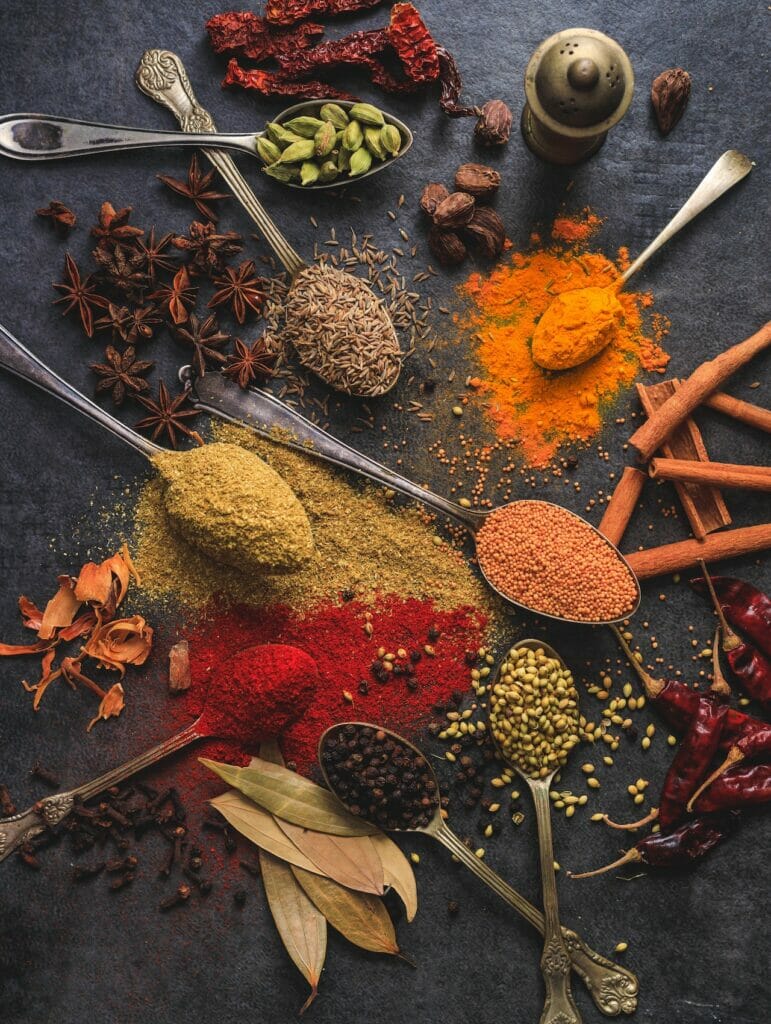
Fresh herbs (basil, parsley, cilantro etc.) add freshness to your dishes and make them eye appealing. Dried herbs and spices (oregano, thyme, cumin, paprika etc.) add depth and warmth to your palate. It is essential to store herbs and spices properly as they lose their strength over time.
Aromatics like onions, garlic, and ginger are also crucial in building flavors. They form the base for many recipes and add depth and complexity to your dishes. 5 Simple Knife Cutting Techniques You Will Ever Need can help you make quick work of these essential ingredients.
Tips for Developing Your Palate and Tasting Food Like a Pro
Developing your palate is essential for mastering the art of flavor. Distinguishing different tastes and textures take time and mastering those will help you to improve the flavor and balance of your meals.
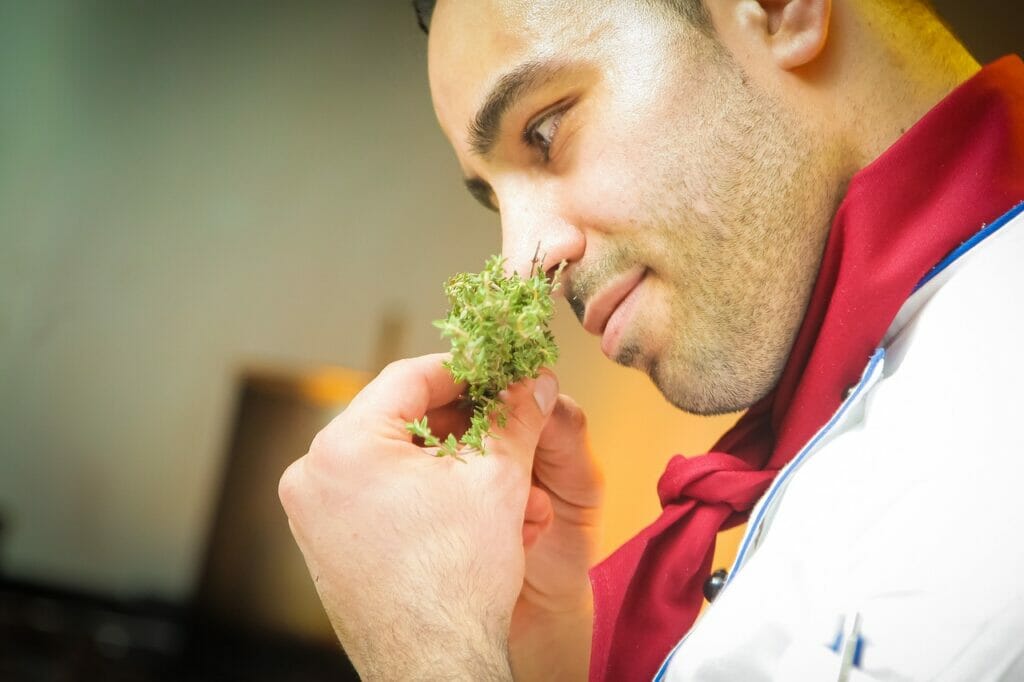
Here are some tips to help you develop your palate:
- Taste often and taste mindfully – Make a habit of tasting your food at every stage of cooking. This will help you appreciate the evolution of flavor while your food cooks. More importantly this will allow you to make adjustments. Trust me you will have to make a number of adjustments before you acquire the taste memory of how different flavors change. When tasting, focus on the flavors and textures, and try to identify the different taste components.
- Experiment with new ingredients and cuisines – Broaden your culinary horizons by trying new ingredients, spices, and dishes from different cultures. This will teach you how different ingredients work together.
- Learn from the experts – Watch cooking shows, read cookbooks, and attend cooking classes to learn from experienced chefs. Pay attention to their techniques and how they combine and balance flavors. Don’t forget to check out my 10 Simple Tips for Beginner Home Cooks That Will Make Your Dishes Out of This World for more guidance.
- Practice, practice, practice – Like any skill, developing your palate takes time and practice. Only trying and trying will teach you how to balance flavors.
Conclusion
Mastering how to create balanced flavors is crucial for creating delicious dishes. Start by playing and learning with the 6 basic tastes. Then learn how to layer and build flavors. This will develop your palate and you’ll become the culinary wizard in your own kitchen.
Please experiment with different herbs and spices and feel free to make adjustments to your dishes as you cook. Most importantly, have fun in the kitchen and enjoy the process of learning and growing as a home chef.
Happy cooking!
I hope this article helped you understand the most used ingredients in the kitchen. I also advise you to check our article The 5 Ultimate Kitchen Knives You’ll Ever Need. It will help you complete your first essential steps of learning how to become a better cook.
If you liked this article, then please follow EasyKitchen.me on Twitter, Facebook and Instagram for more news and tips on how to become a better cook.
Frequently Asked Questions (FAQs) for Mastering the Art of Flavor
How do I know when to add salt to my dish?
It’s generally best to add salt in small increments throughout the cooking process. Start by seasoning your ingredients before cooking and then adjust as needed while tasting your dish. In general just be careful with salt and other salty ingredients, like soy sauce or broth.
Can I use fresh herbs instead of dried herbs in recipes, and vice versa?
Yes, you can substitute fresh herbs for dried herbs and vice versa. Just keep in mind that fresh herbs are generally less powerful than dry ones. Usually you can use about three times the amount of fresh herbs compared to the dried ones. When substituting dried herbs for fresh, use one-third the amount specified for fresh herbs.
How can I enhance the umami flavor in my dishes?
To boost umami flavor you would need to incorporate ingredients that are naturally rich in umami. Tomatoes, mushrooms, Parmesan cheese, soy sauce, and fish sauce are a good example of umami flavor. You can also use the umami flavor concentrates like miso or anchovy pastes. They will definitely add depth and complexity to your dishes.
What can I do if I’ve accidentally overcooked my spices and they taste bitter?
If you’ve overcooked your spices and they’ve turned bitter, the best option is to remove the burnt spices and start over with fresh spices. In some cases, you might be able to save the dish – add a touch of sweetness, acidity, or creaminess to balance the bitterness. But it depends on the severity of the burnt flavor and might not always work.
Can I use regular table salt in place of kosher salt or sea salt in recipes?
Yes, you can substitute regular table salt for kosher salt or sea salt in recipes. Table salt has just smaller granules and is denser than kosher or sea salt, so you’ll need to use less. To convert a recipe that calls for kosher salt or sea salt to table salt, use approximately half the amount specified.
How do I know if I’m using too much or not enough spice in my dishes?
The key to using the right amount of spice is to taste your dish as you cook and adjust the seasoning accordingly. Start with a small amount of spice and gradually increase it until your liking. Be cautious with very potent spices, as they can quickly overpower a dish.
What is the difference between seasoning and flavoring my meal?
Seasoning is the process of enhancing the natural flavors of a dish by adding salt. Flavoring is the process when you use ingredients like herbs and spices.
Can I use flavored salts, like smoked salt or Himalayan pink salt, in place of regular salt?
Yes, you can use flavored salts in place of regular salt. Watch out that some flavored salts will create additional flavors in your dish.
How do I know when to add acids like vinegar or citrus juice to my dish?
Acids like vinegar or citrus juice are added at various stages of the cooking process, depending on what effect you would like to achieve. For example, adding acid early in the cooking process can help tenderize meats or break down fibrous vegetables. In contrast, adding acid at the end of cooking can help brighten and balance the flavors of a dish. Taste your dish as you cook and adjust the acidity as needed.
What is the best way to store fresh herbs and maximize their shelf life?
To store fresh herbs, first, remove any rubber bands or ties and trim the stem ends. In case of parsley, cilantro, and dill, you can put them in a glass with about an inch of water. Then cover the glass and herbs with a plastic bag and leave in the refrigerator.
In case of tougher herbs like rosemary, thyme, and oregano, you can wrap them in a wet towel and store in a plastic bag in the refrigerator. Be sure to check the herbs regularly and change the water or damp paper towel as needed.
Additional Resources for Mastering the Art of Flavor
To further enhance your culinary skills and understanding of flavor, check out these helpful resources:
- Books:
- The Flavor Bible by Karen Page and Andrew Dornenburg: This comprehensive guide to flavor pairings and cooking techniques is a must-have for any home cook looking to elevate their dishes.
- Salt, Fat, Acid, Heat by Samin Nosrat: This book teaches the fundamentals of cooking and provides a solid foundation for understanding how to balance flavors in your dishes.
- Online Courses:
- Gordon Ramsay’s MasterClass: Learn from the master himself through this online course that covers essential cooking techniques, ingredient selection, and flavor building.
- Serious Eats: The Food Lab: This popular food blog offers a wealth of information on cooking techniques, ingredient science, and flavor development.
- Cooking Apps:
- YouTube Channels:
- Food Wishes: Chef John offers step-by-step tutorials for a wide range of dishes, with a focus on technique and flavor building.
- Binging with Babish: This entertaining and informative channel offers cooking tutorials inspired by popular movies and TV shows, along with basics and essentials for home cooks.
- Cooking Podcasts:
- The Splendid Table: This award-winning podcast offers interviews with chefs, cookbook authors, and food experts, along with tips and tricks for cooking and flavor building.
- StartUp Podcast: Recipe for Success: This series follows the journey of a first-time restaurateur, providing valuable insights into the culinary world and the importance of understanding and mastering flavors.

